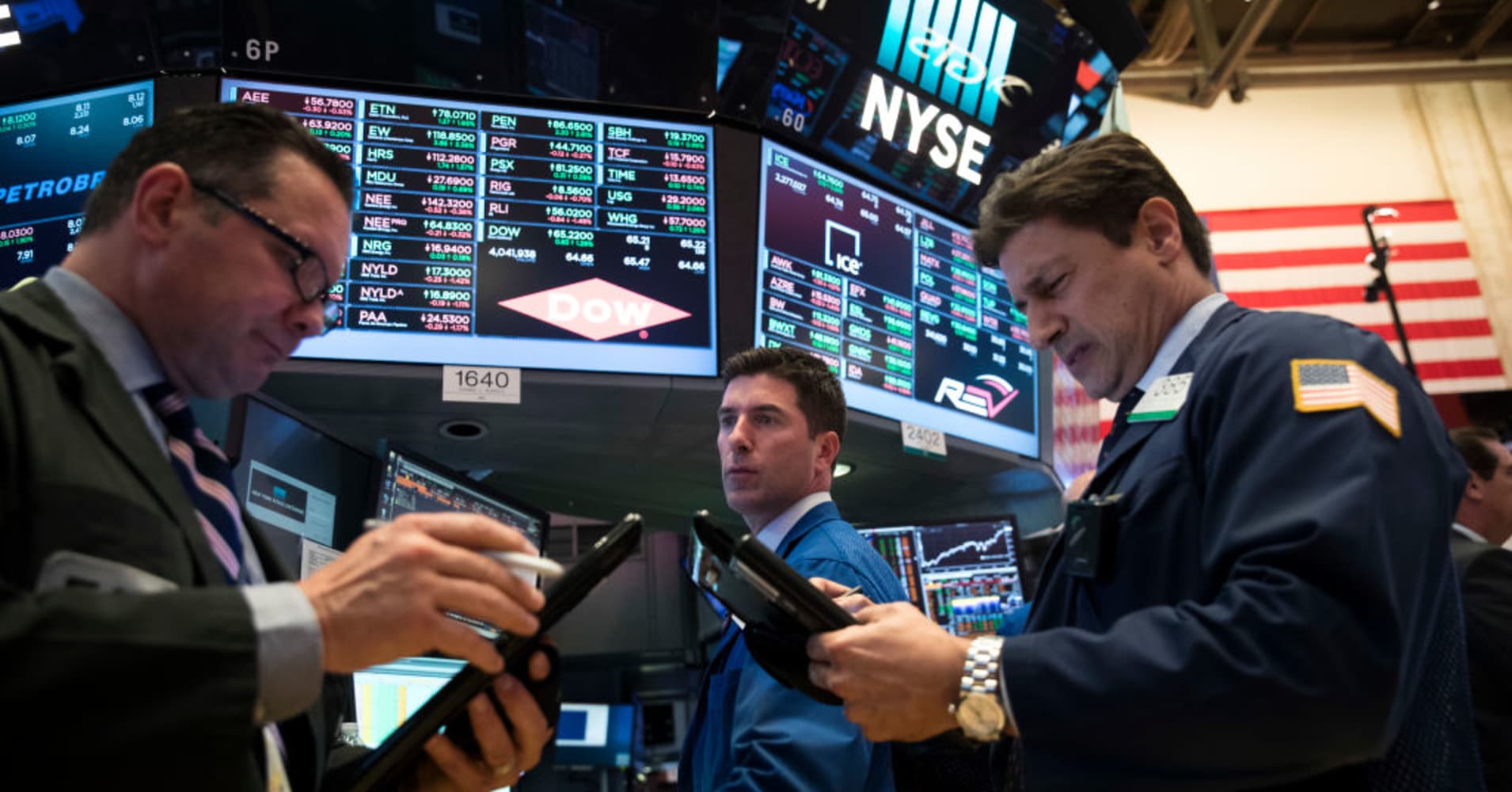
On the flip side is Morgan Stanley strategist Michael Wilson, who argues that growth-stock valuations, relative to the market, are at levels only seen in the run-up to the 2000 dot-com bust. “The bottom line for us is that we think the selling has just begun and this correction will be biggest since the one we experienced in February,” Wilson said, pointing to the 10 percent drop in the Standard & Poor’s 500-stock index between Jan. 23 and Feb. 8, which the market had nearly fully recouped by last week. Wilson says the more an investor has in tech, the worse their portfolio will suffer.
“It could very well have a greater negative impact on the average portfolio if it’s centered on tech, consumer discretionary and [smaller-capitalization stocks], as we expect.”
There was a greater move into U.S. value stocks in July. According to ETF data from XTF.com compiled by DataTrek Research, U.S. equity ETF flows were very strong in July, at over $12 billion of fresh capital through last Friday, but flows into US equity growth funds slowed in July to $1.1 billion — its year-to-date average has been $1.3 billion/month. More than double that amount flowed to value funds in July, $2.5 billion, which also is notably higher than its 2018 YTD average of $750 million/month.
The Morgan Stanley strategy argues that the recent moves in tech may represent valuation concerns finally asserting themselves.
“We have been out on a limb the past month with our defensive rotation call, and truth be told, we haven’t had much interest from clients wanting to follow us down this path,” Wilson and colleagues wrote in a July 30 note to Morgan Stanley clients. “Nevertheless, since our upgrade of [the electric-utility sector] on June 18th, defensive sectors have meaningfully outperformed.”
With the market up about 1.8 percent since June 18, technology was down slightly, and overall returns are being driven by 5 percent-plus gains in consumer staples and utilities, Wilson said, using last Friday’s closing prices. Consumer discretionary, a category that includes Amazon and Netflix, is also in negative territory over the last six weeks.
The market ran out of good news to look forward to after Amazon’s strong earnings report, and the preliminary data Friday, saying the U.S. economy boosted gross domestic product at a 4.1 percent annual clip during the second quarter, Wilson says that with the GDP report out of the way, valuation concerns seem to have moved to the forefront.
Be the first to comment